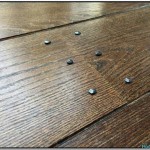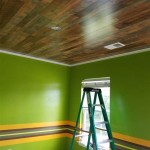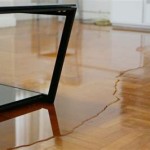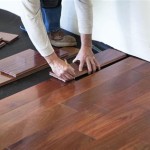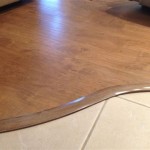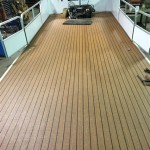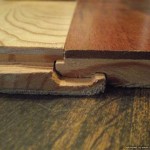Vinyl plank flooring is becoming a popular choice for kitchens due to its affordability, durability, and resilience. It is a great flooring option for busy kitchens, as it is easy to install and maintain. Vinyl plank flooring is also an excellent option for those looking to replicate the look of hardwood without the hefty price tag. In this article, we will discuss the benefits of vinyl plank flooring for kitchens, installation tips, and maintenance tips.
Benefits of Vinyl Plank Flooring for Kitchens
Vinyl plank flooring is a great choice for kitchens due to its affordability, durability, and low maintenance. The planks are often waterproof, making them an ideal choice for kitchens that are likely to be exposed to spills or moisture. Vinyl plank flooring is also easy to install, as it is typically cut and laid as a floating floor, meaning no adhesive or nails are required. Additionally, vinyl plank flooring is easy to clean and maintain; simply sweep and mop regularly to keep the floor looking its best.
Installation Tips
When installing vinyl plank flooring in your kitchen, it is important to take the time to prepare the subfloor. The subfloor should be level, clean, and dry before installation begins. Additionally, make sure to use a vapor barrier between the subfloor and the vinyl planks. This will help to protect the planks from moisture and prevent any potential damage.
When it comes to installation, it is important to make sure the planks are properly aligned. This will ensure that the floor looks uniform and will help the planks to interlock securely. Additionally, make sure to leave a gap of approximately 1/4 inch between the walls and the flooring to accommodate for expansion.
Maintenance Tips
Vinyl plank flooring is easy to maintain and care for. Regular sweeping and mopping with a damp mop is recommended to keep the planks looking their best. Additionally, it is important to protect the floor from furniture, as it can easily scratch or dent the planks. To prevent this, make sure to use felt pads on the feet of furniture to protect the floor.
It is also important to avoid using harsh chemicals and cleaners on the floor. This can cause discoloration and damage the planks. Instead, use a mild detergent and warm water to clean the planks.
Conclusion
Vinyl plank flooring is a great choice for busy kitchens due to its affordability, durability, and low maintenance. When installing vinyl plank flooring in your kitchen, it is important to take the time to prepare the subfloor and properly align the planks. Additionally, regular sweeping and mopping, as well as protecting the floor from furniture, will help to keep the planks looking their best. With proper installation and maintenance, vinyl plank flooring can be a great choice for any kitchen.















Related Posts

